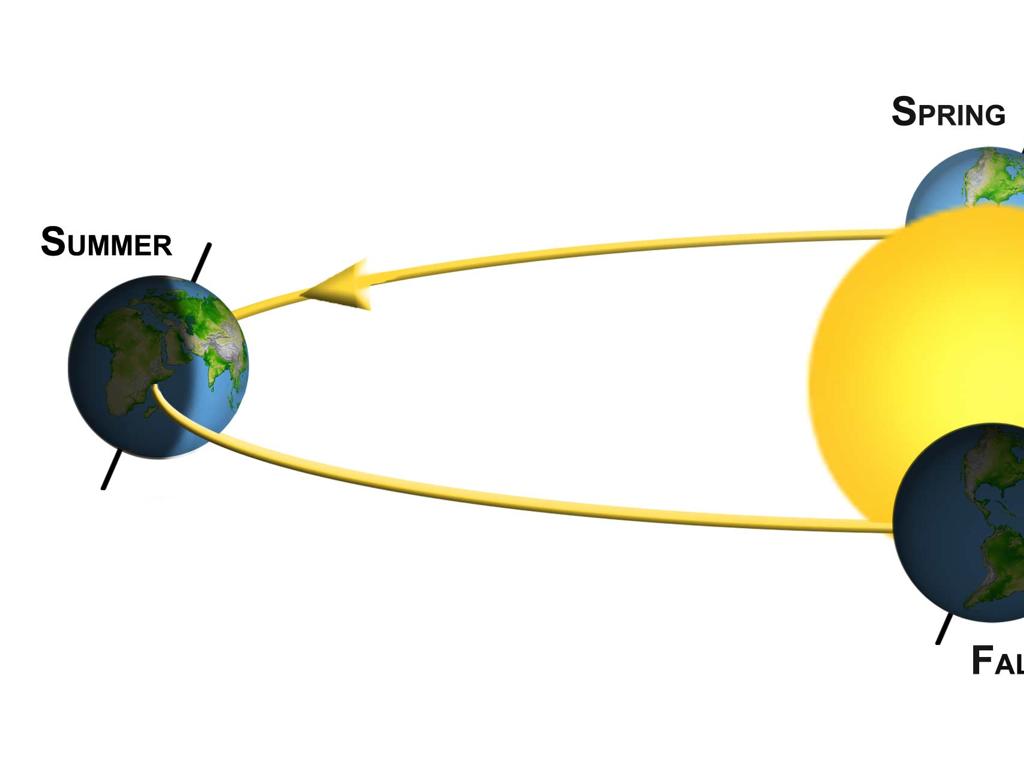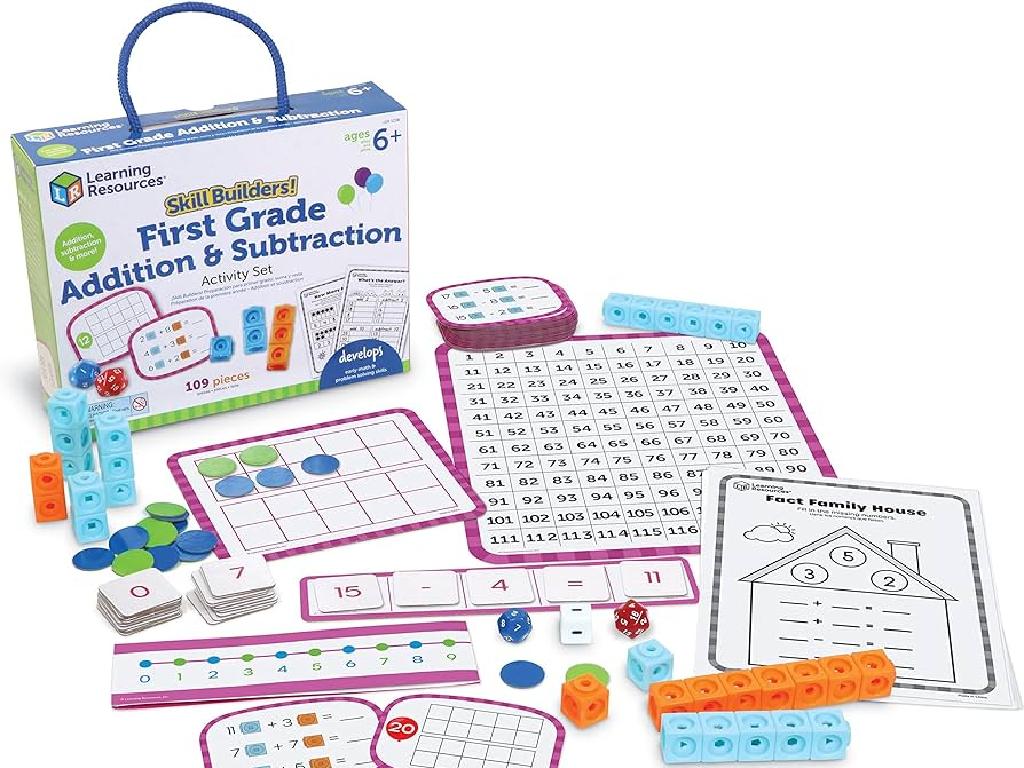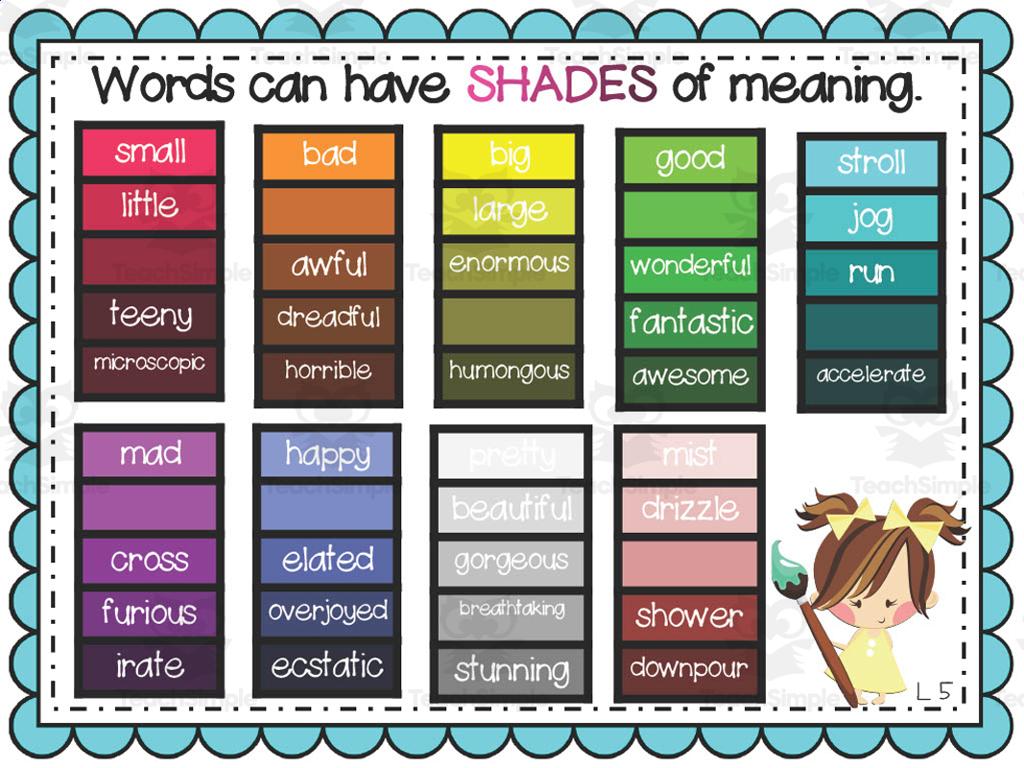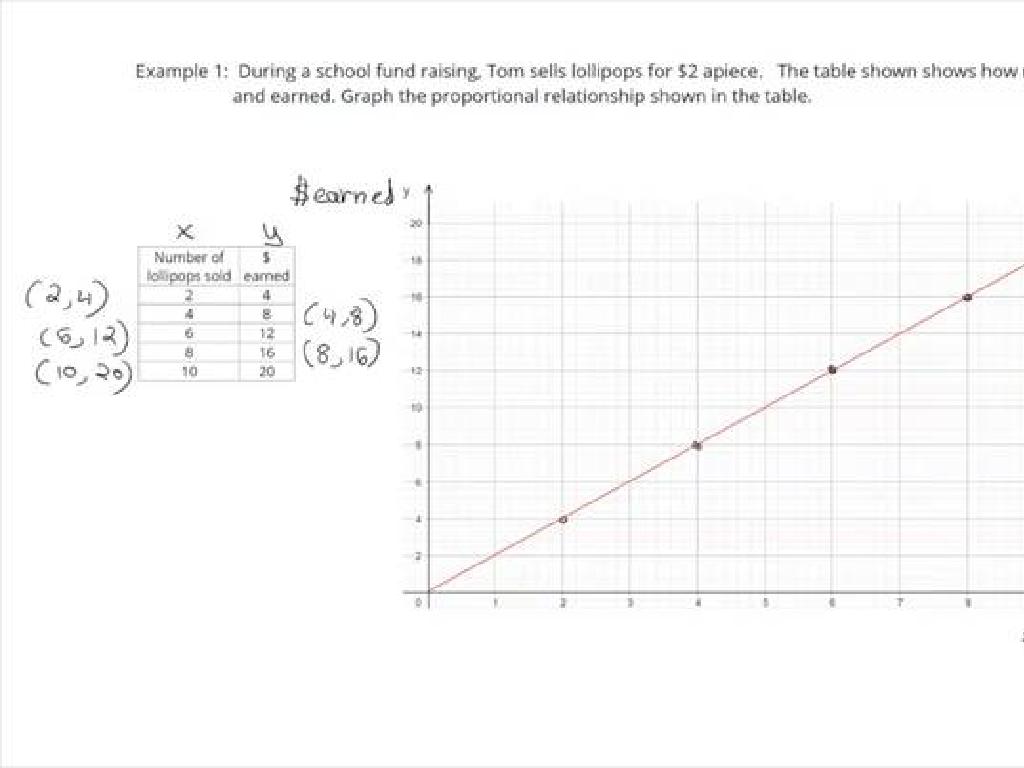Changes To Earth'S Surface: Earthquakes
Subject: Science
Grade: Third grade
Topic: Earth Events
Please LOG IN to download the presentation. Access is available to registered users only.
View More Content
Today’s Adventure: Earthquakes!
– Earth is always changing
– Earthquakes make the ground shake
– Sudden release of energy in Earth’s crust
– Earth’s layers move and cause quakes
– Tectonic plates shift and slip along faults
– Why do earthquakes happen?
|
This slide introduces the concept of earthquakes to third-grade students, emphasizing the dynamic nature of Earth. Begin by explaining that our planet is constantly changing, and one of the most dramatic examples of this is when an earthquake occurs. Describe how earthquakes result from the sudden release of energy in the Earth’s crust, which causes the ground to shake. Explain that the Earth’s crust is made up of large pieces called tectonic plates that sometimes move. When these plates shift or slip along cracks known as faults, it can cause an earthquake. Use simple terms and analogies suitable for third graders, such as comparing the Earth’s crust to a cracked eggshell that moves around on a slippery surface. Encourage questions and curiosity about how and why these natural events occur.
What is an Earthquake?
– Earthquakes: Earth’s sudden shake
– Two blocks of earth slip past each other
– Imagine two giant puzzle pieces moving
– The slip surface is called the fault
– Faults are like cracks where the pieces move
– Earthquakes can be small or very big
|
This slide introduces the basic concept of earthquakes to third-grade students. Begin by explaining that an earthquake is like the earth getting a quick shake. It happens when two big pieces of the earth, which fit together like a puzzle, suddenly move past one another. The place where they move is called a fault, which is like a crack in the earth’s surface. Some earthquakes can be so small that we hardly feel them, while others can be powerful enough to cause a lot of changes to the earth’s surface. Use simple analogies and encourage students to ask questions about how and why earthquakes happen.
Exploring Earth’s Layers and Earthquakes
– Earth is made of layers
– Crust: Earth’s outer skin
– The crust is like the surface we walk on
– Mantle, Outer & Inner Core
– Below the crust are the mantle and core layers
– Earthquakes begin in the crust
– Sometimes the crust cracks and moves, causing an earthquake
|
This slide introduces students to the concept of the Earth’s layers, which is fundamental to understanding where and how earthquakes occur. Start by explaining that the Earth is like a giant sphere made up of different layers, each with unique properties. The crust is the outermost layer, where we live and where earthquakes start. Beneath the crust lies the mantle, followed by the outer core and inner core. Emphasize that earthquakes are the result of movements in the Earth’s crust. Use simple analogies, such as comparing the Earth to a layered fruit, to help students visualize the concept. Encourage questions and curiosity about how these layers interact during an earthquake.
Tectonic Plates and Earthquakes
– Earth’s crust has many pieces
– Like a cracked eggshell, the crust is broken into big pieces
– These pieces are called plates
– Tectonic plates can be huge and cover entire continents
– Plates are always moving
– They move very slowly, like fingernails growing
– Sometimes plates get stuck
– When they can’t move smoothly, they build up pressure
|
This slide introduces the concept of tectonic plates, which are the large pieces of Earth’s crust that fit together like a puzzle. Explain that these plates are in constant motion due to the flow of the Earth’s mantle. However, they don’t always move freely; they can become stuck when they bump into each other. This build-up of pressure can lead to an earthquake when it’s suddenly released. Use simple analogies like a cracked eggshell to help students visualize the concept of the Earth’s crust being made up of different plates. Encourage students to think about how slow movement over time can lead to sudden changes, similar to how pressure builds up and is suddenly released.
What Makes the Ground Shake?
– Earth’s surface is made of plates
– Plates can get stuck and build pressure
– Sudden slip releases energy
– Like snapping a rubber band after stretching it
– Energy makes the ground shake
– This shaking can be felt during an earthquake
|
This slide introduces the basic concept of what causes the ground to shake during an earthquake. Begin by explaining that the Earth’s surface is like a giant jigsaw puzzle made of large pieces called plates. These plates are constantly moving, but they can get stuck at their edges due to friction. When the pressure builds up and the plates finally slip, it’s like the sudden release of a stretched rubber band. This release of energy travels through the Earth and is what we feel as the shaking of the ground, known as an earthquake. Use simple analogies like the rubber band to help students visualize the concept. Encourage questions and provide examples of minor shaking that they might have experienced, like a heavy truck passing by, to relate to the idea of the ground shaking.
Measuring Earthquakes
– Scientists measure quakes
– Seismographs track the tremors
– A seismograph records the waves produced by earthquakes.
– Earthquake strength on Richter scale
– The Richter scale numbers tell us how powerful an earthquake is.
– Understanding quake measurements
|
In this slide, we introduce students to the tools and methods scientists use to measure the strength of earthquakes. A seismograph is an instrument that detects and records the vibrations in the ground caused by seismic waves. The Richter scale is a numerical scale used to quantify the energy released by an earthquake, with each number indicating a tenfold increase in measured amplitude. It’s important for students to understand that while the scale can go above 10, most earthquakes are between 2 to 7 on the Richter scale. Encourage students to ask questions about how these tools work and why measuring earthquakes is important for science and safety.
Staying Safe During Earthquakes
– Practice ‘Drop, Cover, and Hold On!’
– Drop to the ground, take cover under sturdy furniture, and hold on until shaking stops
– Keep away from windows and heavy objects
– Glass can break and furniture may move during an earthquake
– If outside, find a clear open space
– Open areas are safer away from buildings that might collapse
– Remember: Safety first!
|
This slide is crucial for teaching students about earthquake safety. Emphasize the ‘Drop, Cover, and Hold On’ technique as the primary action to take during an earthquake. Explain the dangers of being near windows (due to breaking glass) and heavy furniture (which can fall or move). For those caught outside, stress the importance of moving to an open area away from buildings, trees, and other hazards. Reinforce these points with role-playing or a classroom drill to ensure students understand and can act quickly in case of an earthquake. The goal is to instill a sense of preparedness and calm.
Class Activity: Shake It Up!
– Simulate an earthquake experiment
– Build structures using blocks
– Use different patterns and shapes
– Test structures against shaking
– Use hands or surfaces to mimic quakes
– Observe and discuss results
– Which held up best and why?
|
This interactive class activity is designed to help students understand the effects of earthquakes on man-made structures. Provide a variety of blocks for students to build with and challenge them to create structures that can withstand ‘earthquake’ shaking. You can simulate the earthquake by shaking the table or having the students use their hands. After the activity, lead a discussion on why some structures stood up better than others, relating it to how buildings are designed in earthquake-prone areas. Possible activities: 1) Building with different materials, 2) Testing on various shaking intensities, 3) Collaborating in teams to design a sturdy structure, 4) Comparing designs before and after ‘earthquakes’.






